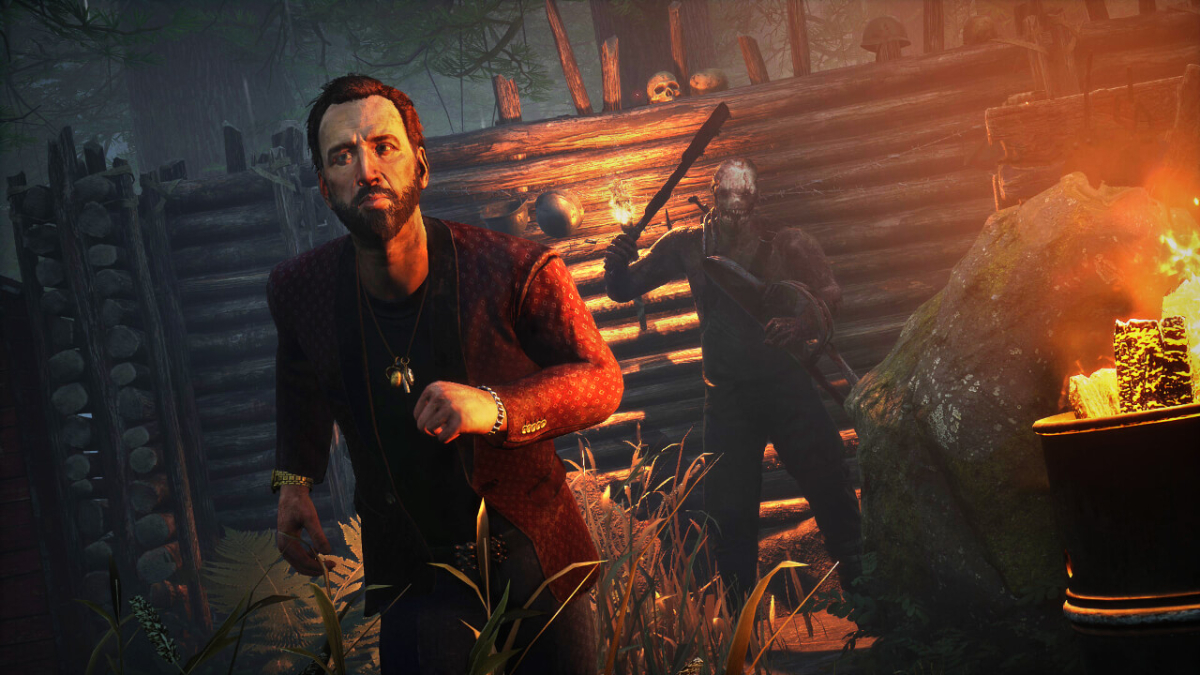Skip To...
It’s a long road from learning Wraith’s surprise attacks to mastering the art of Huntress’s orbital strikes. Though many call Dead by Daylight a party game, that description obscures the iceberg of strategic depth lurking beneath. With an ever-growing roster of killers and hundreds of perks, learning everything you need to know is a daunting task. Whether your goal is to get consistent 3ks or perfect sniping with Victor, it’s always possible to get better at the game. Here are 10 Dead by Daylight killer tips and tricks I wish I knew sooner, ranked from good to essential.
10. Counter Bodyblocks and Sabotage
(Updated on November 14, 2024 – updated links, format, entries, and intro)
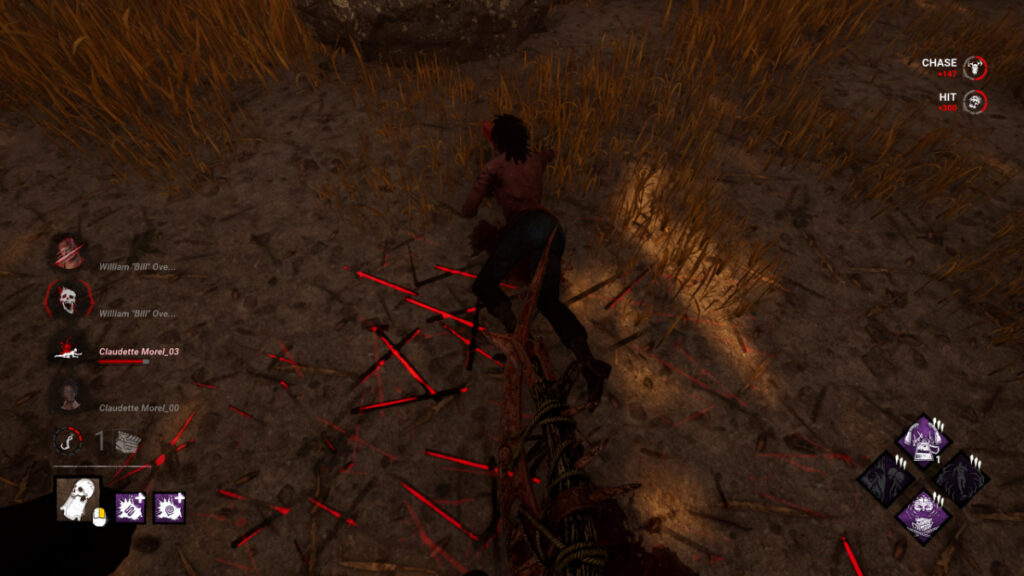
Survivors lose collision when struck, which means a single survivor can’t body block a hook. If they try, hit them once, and then hook. If doing so would take too long or if a survivor sabotaged the hook you wanted, you can instead drop the survivor you’re carrying. Leaving them on the ground (slugging) isn’t always ideal, but it’s better than allowing a free escape and health state. If the survivor doesn’t crawl away from the hook, you might even be able to pick them up again and hook them after the sabotaged hook returns.
9. Ignore Safe Survivors

Killer tips in Dead by Daylight often come down to time management. If a survivor is a strong looper or in an undesirable area (such as Killer Shack or near god pallets), it’s often better to ignore them in favor of someone you can catch quickly.
Strong survivors may try to taunt you into taking unfavorable chases. Don’t fall for it. Additionally, when breaking pallets, always do so from the side that will zone the survivor. For example, if breaking a pallet from the left gives them access to Shack, a strong window, or an open exit gate, break it from the right instead.
8. Avoid Newbie-Trap Perks
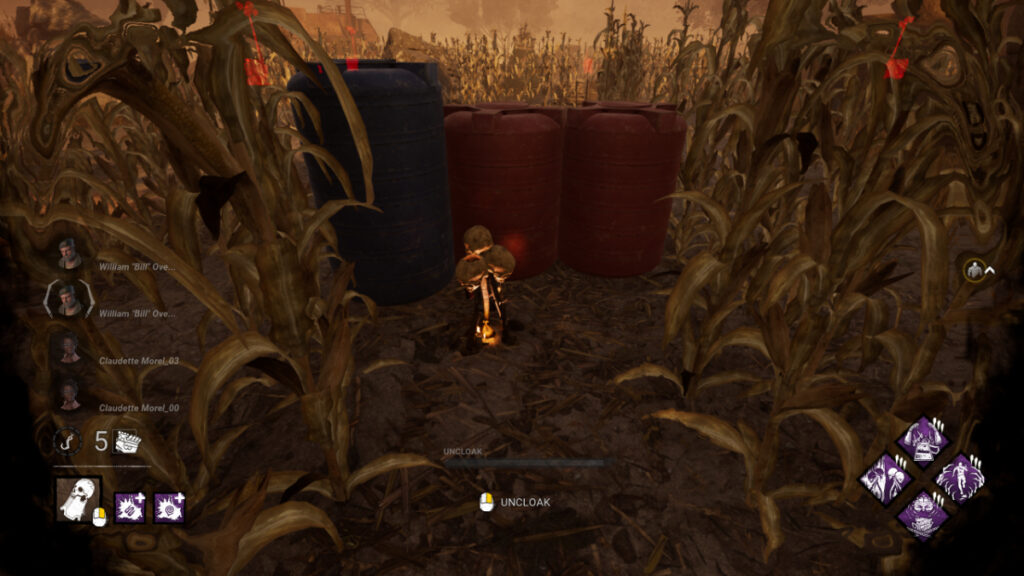
Some perks on both sides are newbie-traps. They’re fun and make the game easier at first, but they’ll accelerate your climb through the rankings and eventually put you at an MMR that you don’t have the skills to handle, leading to frustration. There’s nothing wrong with running Hex: No One Escapes Death, but if you want to learn to play killer as best you can, it’s better to avoid it until you’ve developed a strong skillset. Similarly, trolling flashlight users with Lightborn is hilarious, but it’s a good idea to learn elemental techniques like wall pickups and 180-degree pickups first.
7. Watch for Disappearing Items
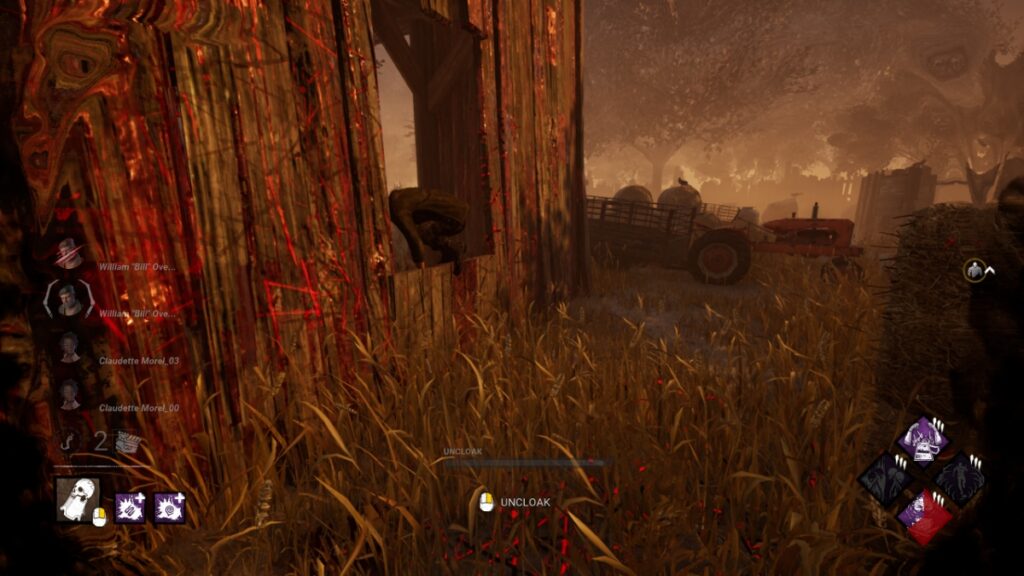
When a survivor starts to vault a window or pallet, any item they’re holding will disappear. That means you can tell whether a survivor is faking a vault by watching the medkit or toolbox in their hand. If it vanishes, you know they’re committing to the vault and adjust your plan. Likewise, if a survivor ducks behind a corner mid-chase and their medkit is gone when they reappear, they most likely used a Styptic Agent. Avoid hitting them until the Styptic’s effects have worn off, otherwise you’ll grant them free distance.
6. Play Survivor to Learn FOV Tricks
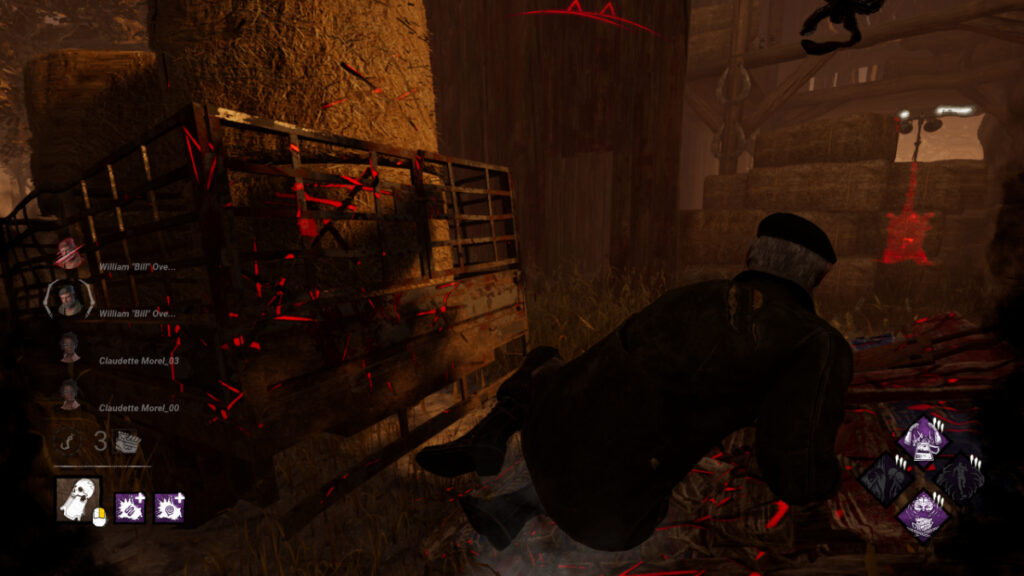
Even if only killer interests you, it’s important to play survivor at least a little. The killer’s first-person camera allows survivors to execute a variety of FOV techs such as window techs and spins by manipulating what the killer can see. There’s simply no better way to learn how these techs work (and how to counter them) than by attempting them yourself. Playing with max FOV helps counter this somewhat as killer, but it’s not enough by itself. It’s also a good idea to use basic M1 hits instead of lunges when possible since lunges are easier to spin.
5. Manage Your Time

As killer, you’re always fighting against the clock. At the beginning of the Trial, survivors are at their strongest. They have all their pallets and one-time perks such as Decisive Strike, and the killer has zero pressure. Your top priority is to find a survivor as quickly as possible. If you’re not using Lethal Pursuer, look to the section of the map farthest from your spawn, spot generators near that point, and head in their direction. Any chase that’s going to take more than 15 seconds to get a resource (health state, strong pallet, etc.) is probably a waste of your time.
4. Take Advantage of the Lobby
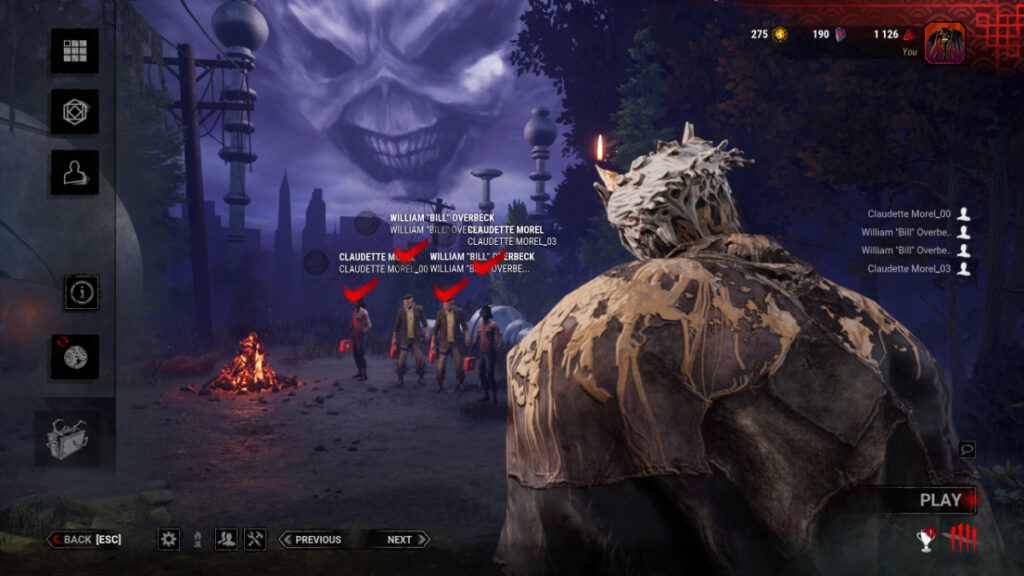
Your plan needs to start coming together before the Trial begins. In the pre-game lobby, notice what items the survivors are bringing as well as their names and cosmetics. You can assume that players with matching names are a Survive With Friends team, making perks like Knockout and Hex: Third Seal far weaker. Altruism, sabo plays, bodyblocking, and luck offerings are all more likely from SWFs, so plan accordingly. Once the game starts, try to track survivor perks as they reveal themselves. Combined with what you learned in the lobby, they can reveal crucial parts of the survivors’ plan.
3. Play to Your Killer’s Strengths

Blight has mobility. Clown has a strong 1v1. Cenobite has built-in delay. The unique strengths and weaknesses of each killer mean your perks and playstyle need to fit your character. Bamboozle and Hex: Crowd Control are a waste for Nurse who can just blink through windows. They’re essential for Cannibal who can be stopped in his tracks by a good window. Find a balance of info, slowdown, and lethality perks that work for you, and always play to your strengths. Tips for a Dead by Daylight killer like Oni that snowballs well, for example, would include slugging survivors to gain pressure.
2. Aim to Kill
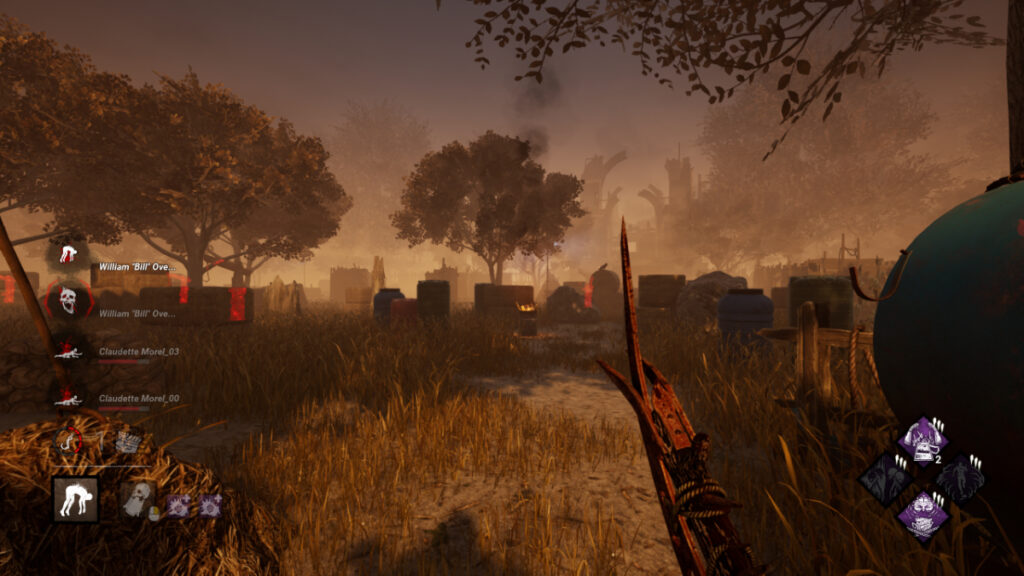
3-hooking every survivor is unrealistic. Unless you’re playing a top-tier killer with strong perks, you simply won’t have time. Don’t throw the game away in an attempt to tunnel someone, but if given the chance to focus hooks on one survivor and kill them early, take it.
Your goal is to have at least one survivor dead by the time there are two generators remaining. Hooking the last survivor will kill them automatically even if they’ve never been hooked before, so pick someone to ignore throughout the match. That way you’ll get two free hook stages at the end.
1. Be Patient
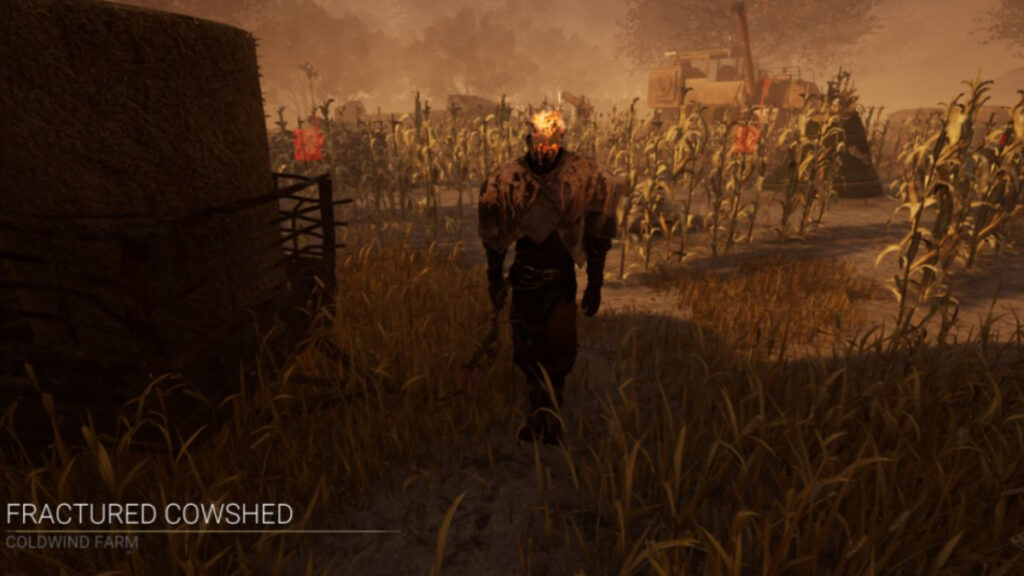
Killer takes thousands of hours to master in Dead by Daylight even with tips, so don’t feel bad about struggling. It might only take you 100 hours to learn Legion, Wraith, or Myers, but high-skill-ceiling killers like Huntress and Singularity take thousands. Guides and videos can help, as can running 1v1s against a good survivor friend. If possible, record your matches and watch them back to notice critical mistakes. Even playing custom matches against bots can be worthwhile if it gives you a stress-free space to learn a killer’s power or practice a new tech.


